We chat with Double Carnegie Medal Winner Aaron Becker. His “beautifully crafted” and “universal” wordless picture book The Tree and the River won both the Yoto Carnegie Medal for Illustration, which is judged by an expert panel, as well as the Yoto Carnegie Shadowers’ Choice Medal, which is chosen by thousands of reading groups in schools and libraries in the UK.
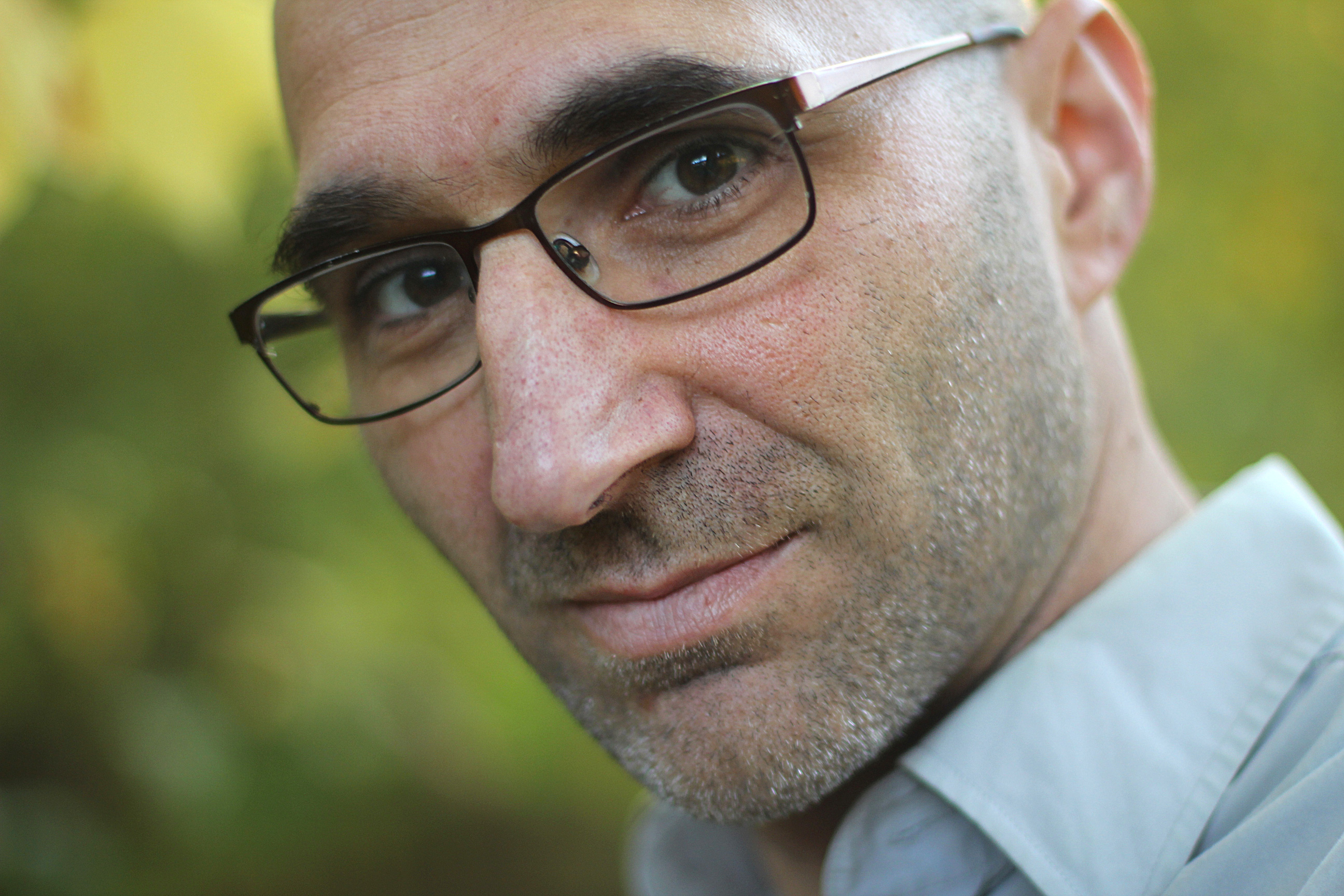
.jpg) We adored The Tree and the River, a beautiful and engrossing look at man’s impact on the earth; it was awarded a LoveReading4Kids Star Book. So it wasn't a surprise for us to hear your name called out last week. Huge congratulations on your double Carnegie win. Pretty special huh?
We adored The Tree and the River, a beautiful and engrossing look at man’s impact on the earth; it was awarded a LoveReading4Kids Star Book. So it wasn't a surprise for us to hear your name called out last week. Huge congratulations on your double Carnegie win. Pretty special huh?
I still have a hard time believing it happened. It may not have been a surprise for you all, but it was to me!
We understand that to prepare for the illustrations, you constructed a scale model of the book’s rolling landscape, which you transformed with clay and wood. Can you share some images with us, and is this a usual process for you?
I’d never built a physical model before, but once I knew the landscape and architecture would evolve slowly over the course of the book, I realized that building one was the only way to realize the complexity of the task at hand. I’m not sure I could have held all of the detail the work required in my head, so the model, in a sense, did that work for me. I could break things down into pieces, work on one building or era at a time, and then physically return to the model after taking reference photography and change it for the next illustration’s setup. It was a long process, but I don’t think there was an easier way.
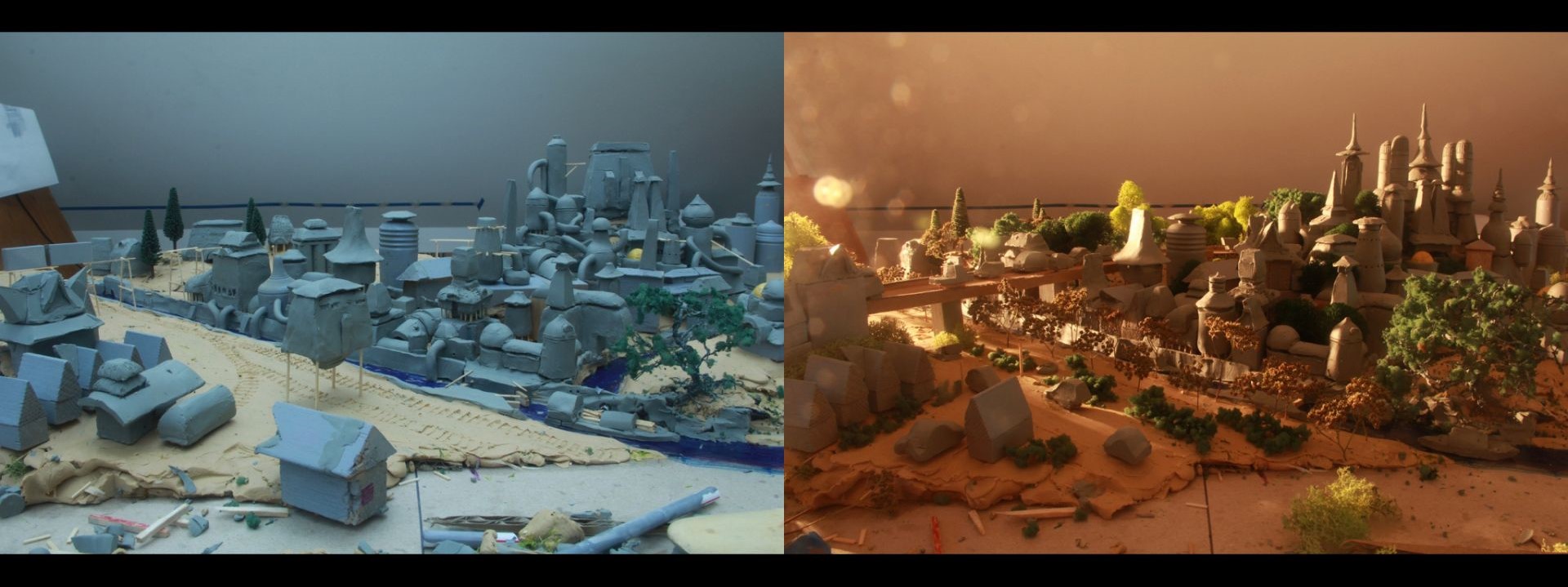
We loved hearing you speak at the Awards about how your mother helped cement your love of books as a child, and how pictures matter too. Please share this again for our audience.
I went off script a bit, but this is what I'd written: "When I was a child, my mother understood I was not going to be a voracious reader. Yet at our local library, she was enthusiastic about my choices: David Macaulay’s architectural histories like his Castle and Pyramid books, Ed Emberley’s how-to-draw series, and great big volumes showing how my favorite science fiction films were made. She encouraged a love of books. But she didn’t judge that I wasn’t reading them. In your schools, your libraries, perhaps even in your homes, there’s a child who struggles with reading. Perhaps they are dyslexic. Perhaps they have attention difficulties. Or perhaps they are like I was: visual learners with different paths to understanding the world around them. I’m here today to speak for those kids. The ones begging for graphic novels on the shelves, despite such amazing literature around them. The ones doodling monsters in the margins of their composition books when they should be writing. The ones who wiggle in their chairs. Who daydream. The ones who just want to play."
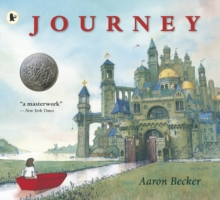 We have long called you a master of the wordless picture book at LoveReading4Kids, we've been huge fans since your picture-book debut Journey. Why is this such an important format for you?
We have long called you a master of the wordless picture book at LoveReading4Kids, we've been huge fans since your picture-book debut Journey. Why is this such an important format for you?
It all comes from thinking in pictures. What I love about crafting a story in this way, is that I can respond emotionally to a draft almost immediately; it stops being a cerebral experience of editing, and becomes more visceral. I look through my wordless sketches and know right away if it’s working. Very much a feelings-guided process, which seems to be the way I know how to create.
You have worked as an artist for film studios such as Lucasfilm, Disney and Pixar to help define the look and feel of characters, stories and the films they become a part of. What has been the highlight of your work in movies and how does it differ from books?
The highlight was getting to work with other talented artists in a studio setting. I learned so much from them. The films themselves end up not being so important, but the friendships and exchange of ideas. Books, on the other hand, are a solitary effort. Though I work with my editor from time to time, it's up to me to figure out the pieces. This has its benefits, but I do miss the collaborative nature of film.
What advice would you give for any budding artists and illustrators out there?
Don't be hard on yourself. Create what you like. The rest will follow.
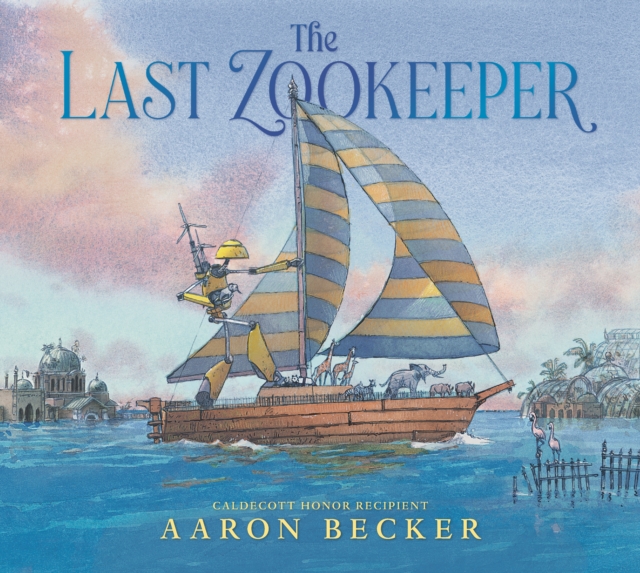
We are excited to see what you're working on next. Anything you can give us a sneak peek of?
I have a new picture book, The Last Zookeeper, also with Walker Books which debuted around the time of the Carnegies. It's wordless!
@storybreathing
#YotoCarnegies24
Click the books below to buy, read our expert reviews or to download an extract.


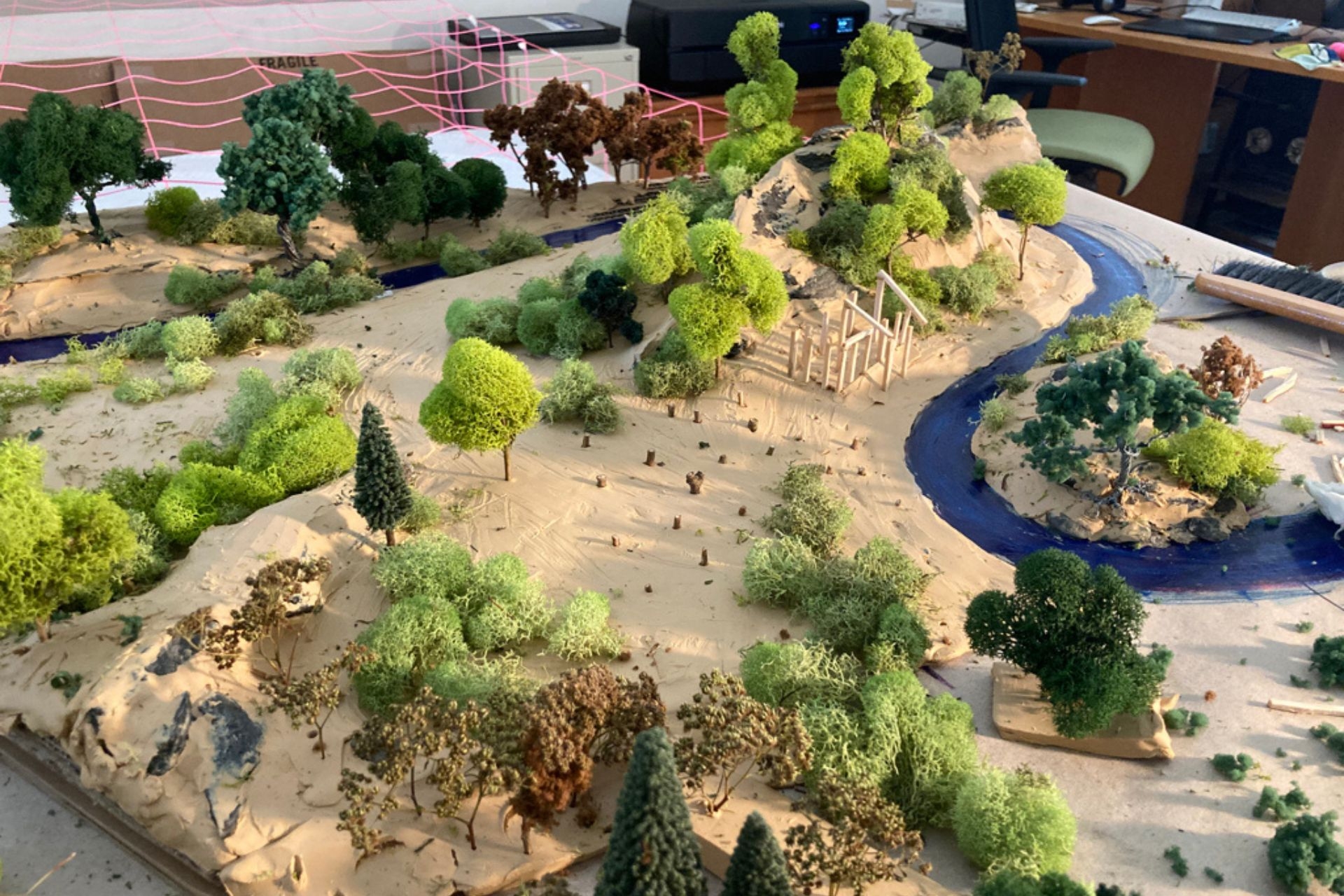
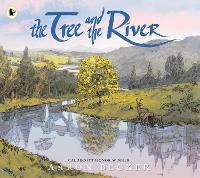
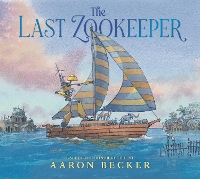
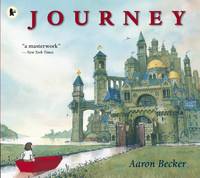
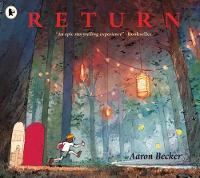
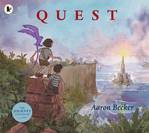

Comments (0)
Leave A Reply
You must be logged in to post a comment.